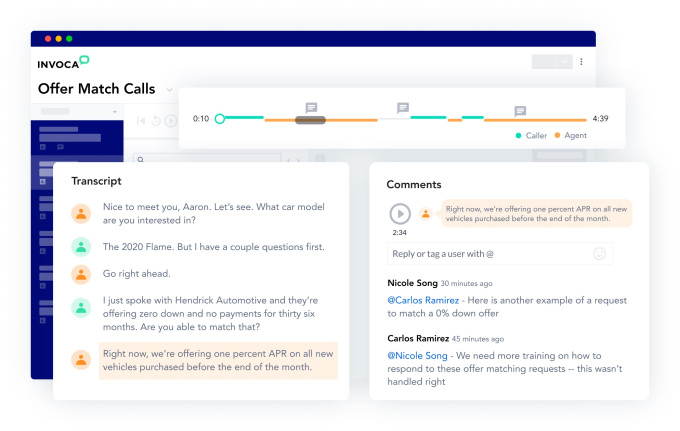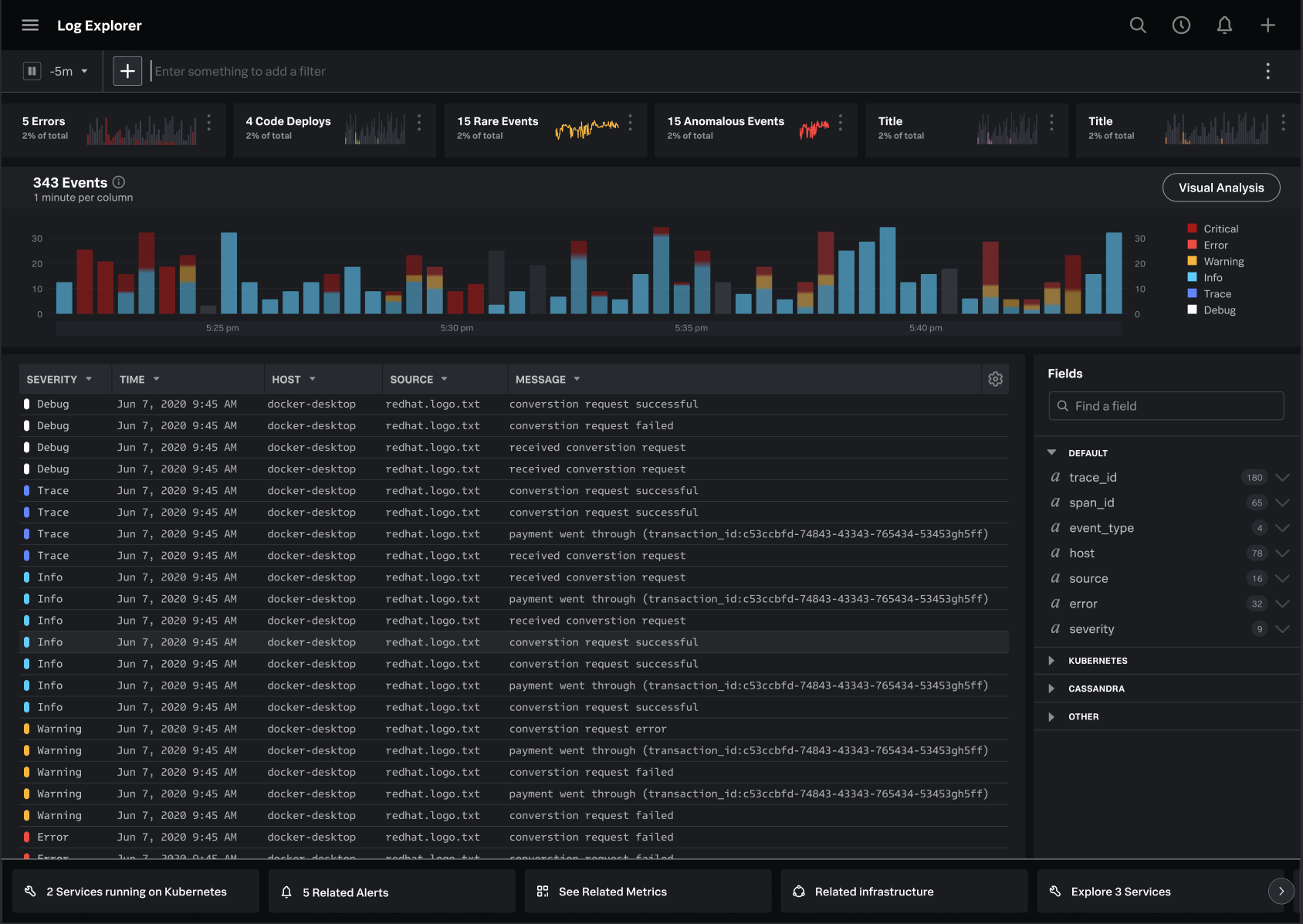One big technology by-product of the Covid-19 pandemic has been a much stronger focus on online education solutions — providing the tools for students to continue learning when the public health situation is preventing them from going into physical classrooms. As it happens, that paradigm also applies to the business world.
Today, a startup out of Dublin called LearnUpon, which has been building e-learning solutions not for schools but corporates to use for development and training, has raised $56 million to feed a growth in demand for its tools, particularly in the U.S. market, which currently accounts for 70% of LearnUpon’s sales.
The funding is coming from a single investor, Summit Partners . LearnUpon’s CEO and co-founder Brendan Noud said the capital will be used in two areas. First, to add more people to the startup’s engineering and product teams (it has 180 employees currently) to continue expanding in areas like data analytics, providing more insights to its customers on how their training materials are used on via its learning management system (commonly referred to as LMS in the industry). Second, to bring on more people to help sell the product particularly in countries where it is currently growing fast, like the U.S., to larger corporate clients.
LearnUpon already has some 1,000 customers globally, including Booking.com, Twilio, USA Football and Zendesk. And notably, eight-year-old LearnUpon was profitable and had only raised $1.5 million before now.
“We’ve been growing organically pretty fast since we started but especially for the last 4-5 years using a SaaS model, but now we’re at a scale where the opportunity is vast, especially with more people working from home,” he said. “We want to give ourselves firepower.”
Corporate learning has followed similar but not identical trajectory to that of online education for K-12 and higher learning. In common, especially in the last 8 months. has been a growing need to engage and connect with learners at a time when it’s been challenging, or in some cases impossible, to see each other in person.
What’s different is that corporate learning was already a very established market, with organizations widely investing in online tools to manage training and personal development for years before any pandemic necessitated it.
Areas like employee onboarding, personnel development, customer training, training on new products, partner training, sales development, compliance, and building training services that you then sell to third parties are all areas that count as corporate learning. One researcher estimated that the corporate learning market was valued at an eye-watering $64 billion in 2019, with LMS investments alone at over $9 billion that year, and both are growing.
That has been a boost for companies like LearnUpon, which provides services in all of those categories and says that annual recurring revenues have grown by more than 50% year-on-year for each of the last 12 quarters.
But that also underscores the challenge in the market.
“It’s definitely a very crowded space, with maybe over 1000 LMS’s out there,” said Noud, although he added that it only has about 10-15 actually direct competitors (which to me still sounds like quite a lot). They include the likes of Cornerstone, TalentLMS from the Greek startup Epignosis, the Candian publicly-traded Docebo, and 360Learning from France.
But also consider those that have moved into corporate learning from other directions. LinkedIn has made big moves into learning to complement its bigger recruitment and professional development profile; and companies originally built to target the education sector, such as Coursera and Kahoot, have also expanded into business training and education. Both represent further competitive fronts for companies like LearnUpon natively built to service the business market.
Noud said that one reason why LearnUpon is finding some traction against the rest of the pack, and why it’s better, is because it’s a more comprehensive platform. Users can run live or asynchronous (on-demand) learning or training, and the SaaS LMS is designed to handle material and learning environments for multiple “students” — be they internal users, partners of the organization, or customers. In contrast, he said that many other solutions are more narrow in their scope, requiring organizations to manage multiple systems.
“And the legacy platforms are overly bloated, with bad customer support, which was a key area for us,” he said, recalling back to eight years ago when he and co-founder Des Anderson were first starting LearnUpon. “Our first hire was in customer support, and that has carried through to how we have grown.”
One area where LearnUpon not doing anything right now is in content development. It does offer tools to construct tests and surveys, but users can also import content created with other e-learning authoring tools, Noud said. Similarly, it’s not in the business of building its own live teaching platforms: you can import links from others like Zoom to provide the platform where people will teach and engage.
That’s not going to be a focus for now for the company, but given that others it competes with are providing a one-stop shop, for those that are looking to simplify procurement and have a more direct hand in building training as well as managing it, you can see how this might be an area that LearnUpon might develop down the line.
“In today’s knowledge economy, we believe corporate learning has become a key requirement for all organizations of scale – and the added challenge of remote working has only accelerated the importance of delivering learning digitally,” said Antony Clavel, a Principal with Summit Partners, in a statement. “With its modern, cloud-based learning management system, strong product development organization, demonstrated dedication to customer success and capital efficient go-to-market model, we believe LearnUpon is strongly positioned to serve this growing and increasingly critical market need. We are thrilled to support Brendan and the LearnUpon team in this next phase of growth.”
Clavel is joining the LearnUpon Board of Directors with this round. The startup is not disclosing its valuation.








